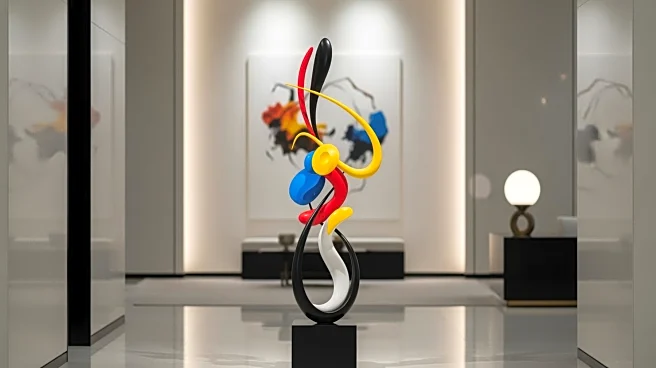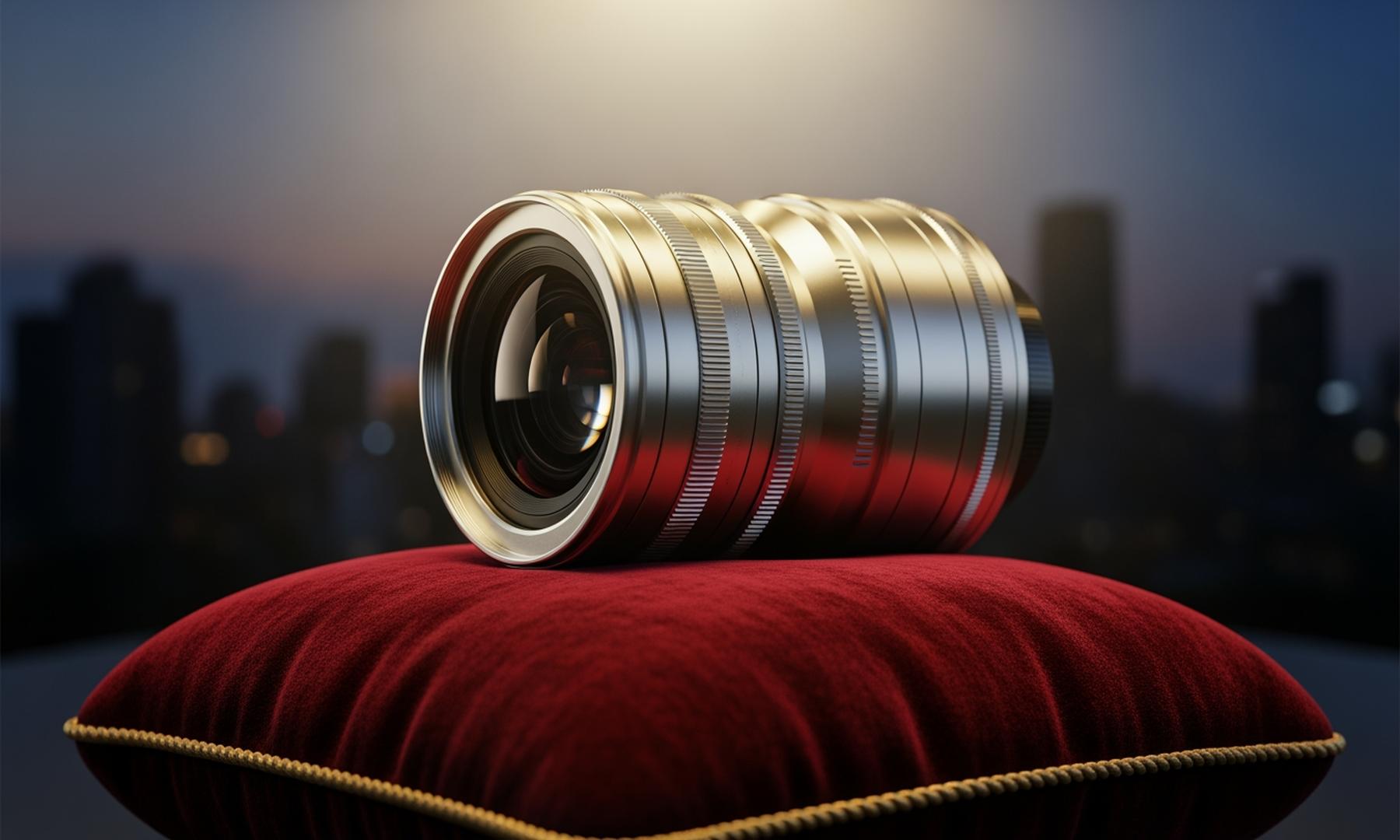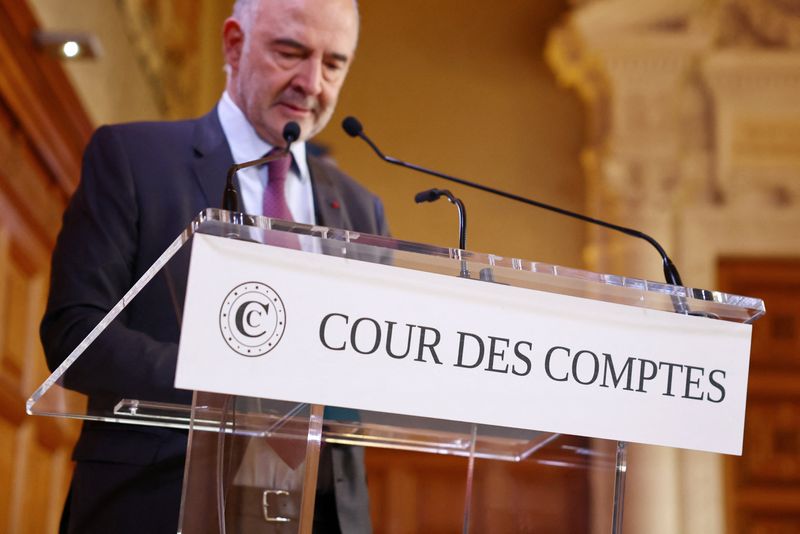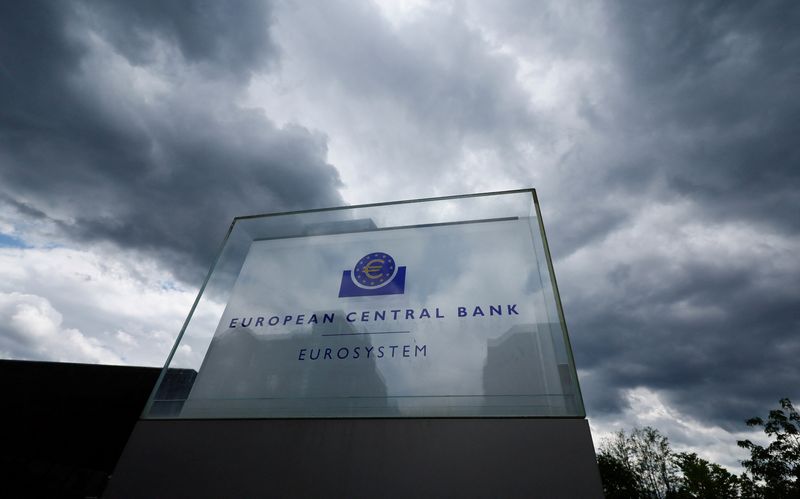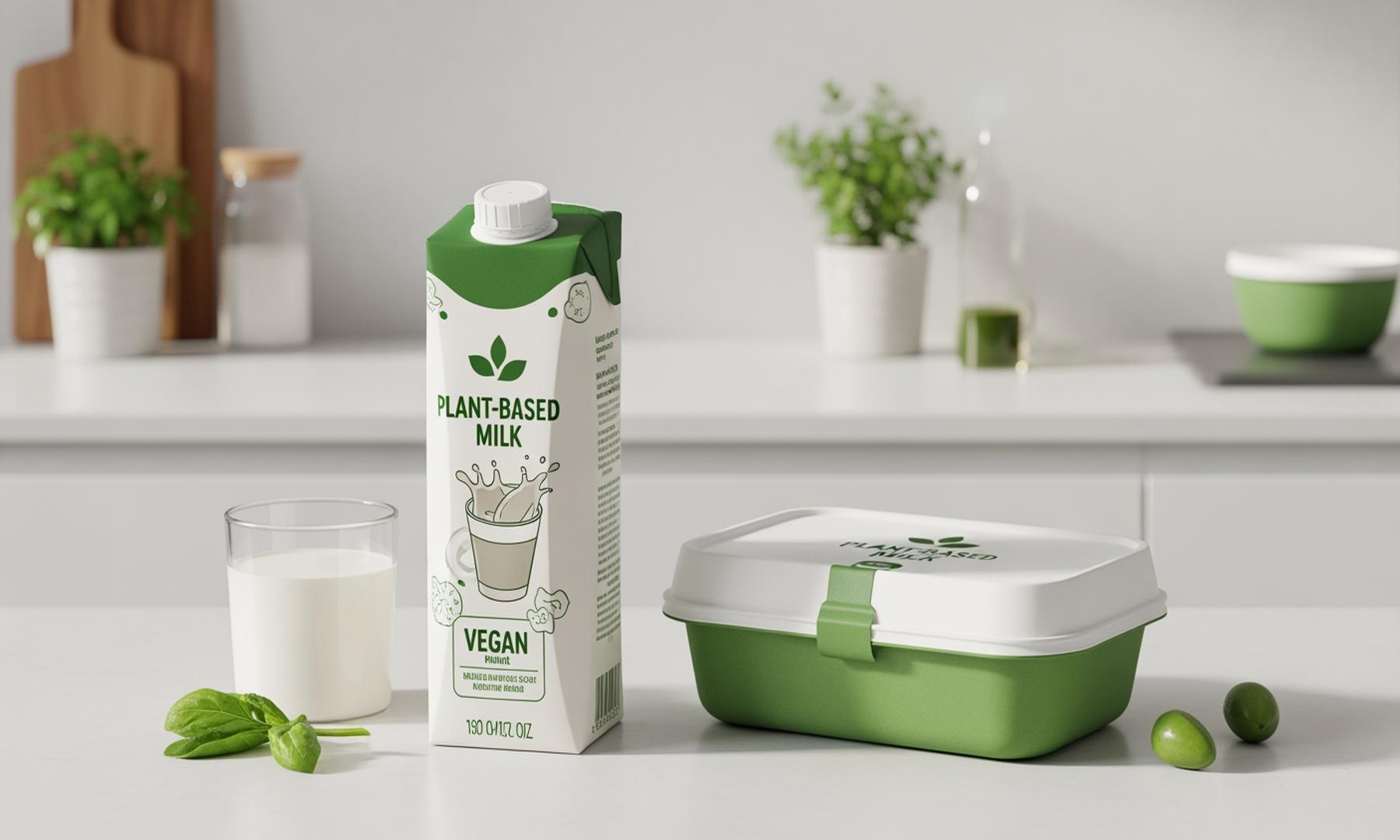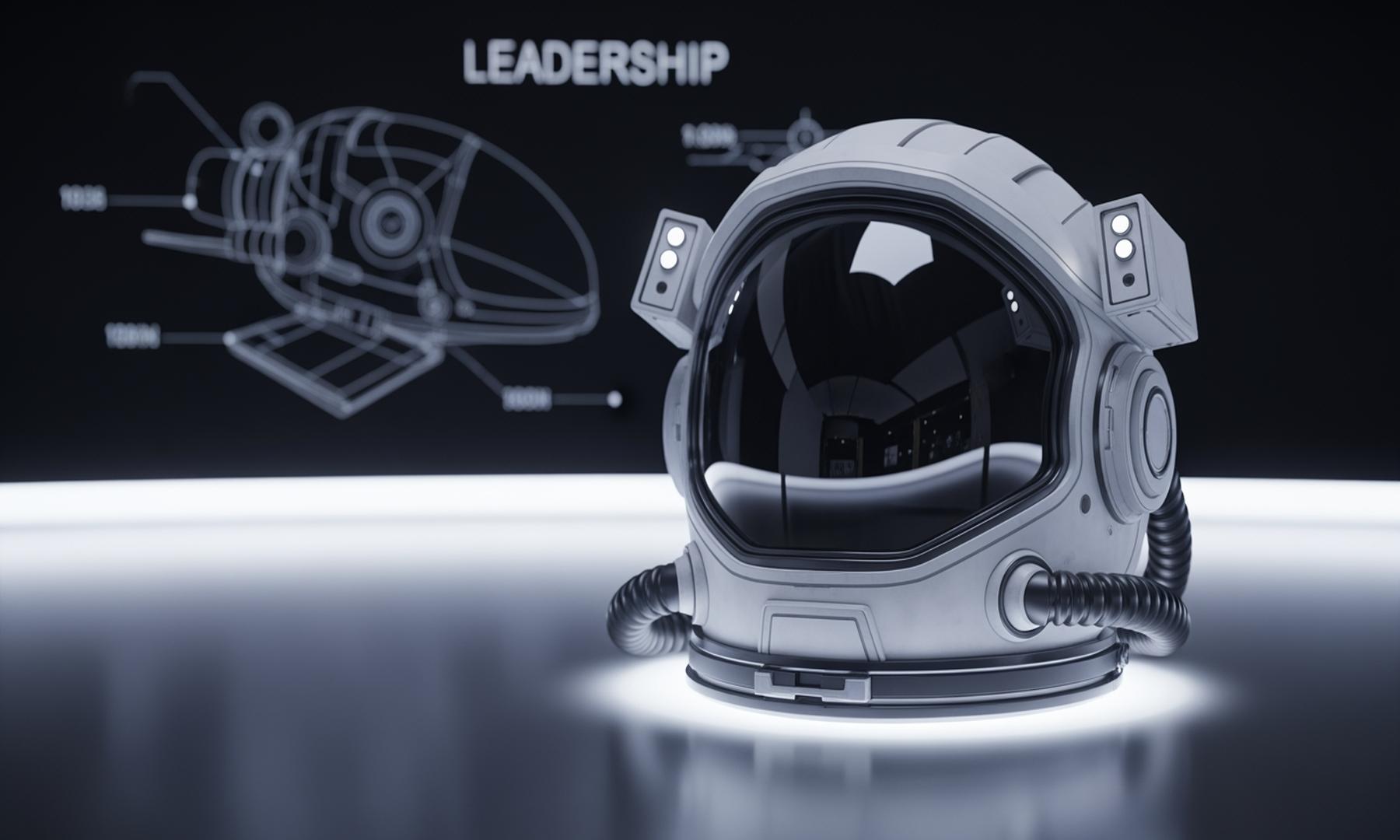What's Happening?
JPMorgan Chase has officially moved into its new headquarters at 270 Park Avenue in Midtown Manhattan, a building designed by Foster + Partners. The headquarters features a significant art installation
at street level, including two large-scale abstractions by German artist Gerhard Richter. These works, titled 'Color Chase One' and 'Color Chase Two,' are part of Richter's expansive retrospective at the Fondation Louis Vuitton in Paris. The paintings are characterized by interlocking, hard-angled aluminum shapes and flat color planes, reminiscent of Richter's 'Color Charts.' The installation also includes a Maya Lin stone installation and a Leo Villareal light show, with a central piece by Norman Foster—a 3-D printed bronze flagpole that keeps a flag perpetually fluttering.
Why It's Important?
The inclusion of Gerhard Richter's art in JPMorgan Chase's headquarters highlights the growing trend of corporate investment in high-profile art installations. This move not only enhances the aesthetic appeal of corporate spaces but also reflects the company's commitment to cultural engagement. Such installations can elevate the status of corporate buildings, attracting attention from art enthusiasts and the general public alike. The presence of renowned artists like Richter in corporate settings underscores the intersection of business and art, potentially influencing future corporate art acquisitions and installations.
What's Next?
As JPMorgan Chase settles into its new headquarters, the art installations may become a focal point for cultural events and public engagement. The bank's investment in art could inspire other corporations to follow suit, potentially leading to a broader integration of art in corporate environments. Additionally, the visibility of Richter's work in such a prominent location may increase interest in his retrospective at the Fondation Louis Vuitton, encouraging more visitors to explore his contributions to contemporary art.
Beyond the Headlines
The use of art in corporate spaces raises questions about the role of art in public and private sectors. While such installations can democratize access to art, they also highlight the commercialization of cultural assets. The perpetual fluttering flagpole by Norman Foster serves as a metaphor for corporate resilience and adaptability, reflecting broader societal themes of stability and change.
